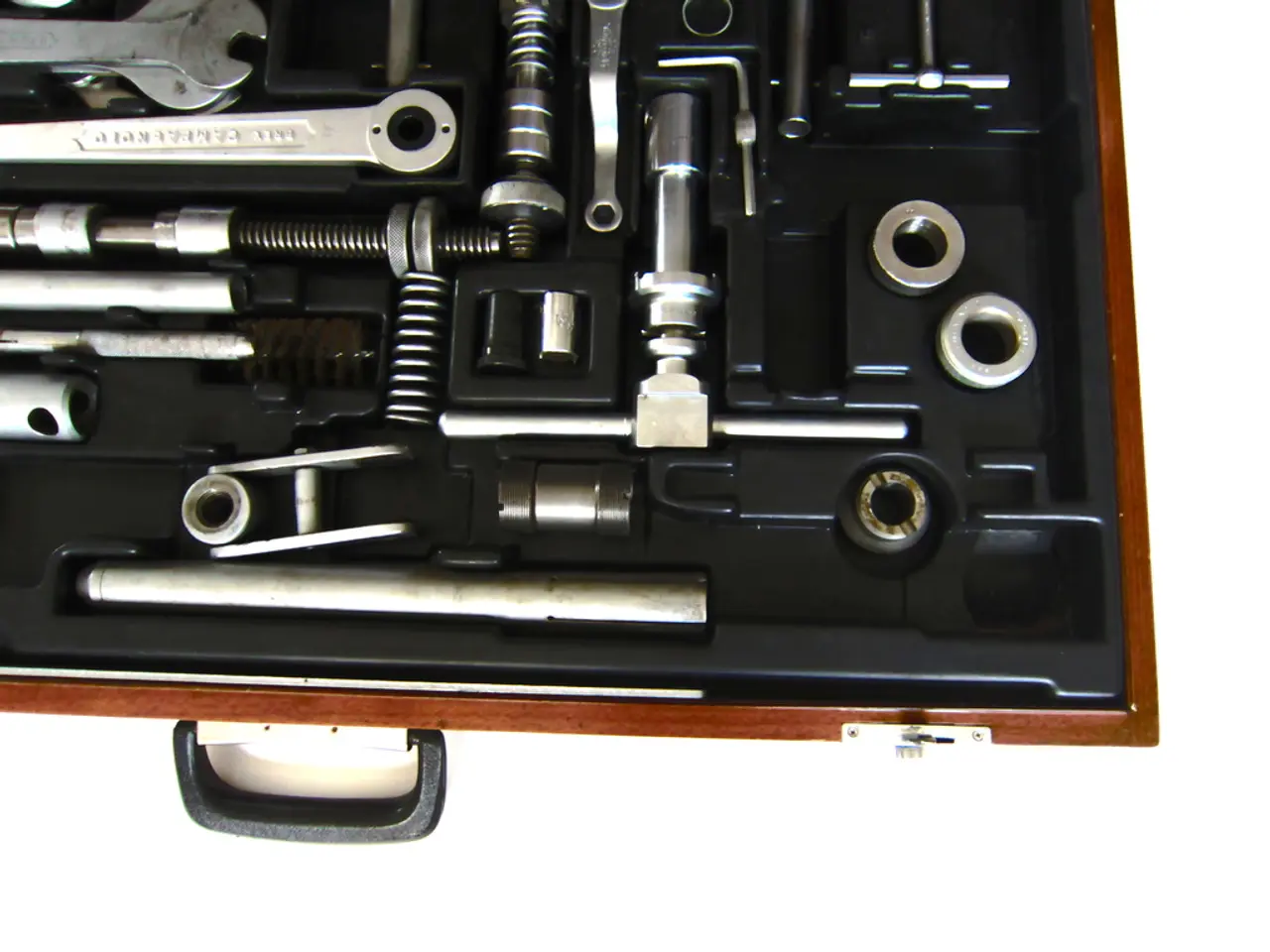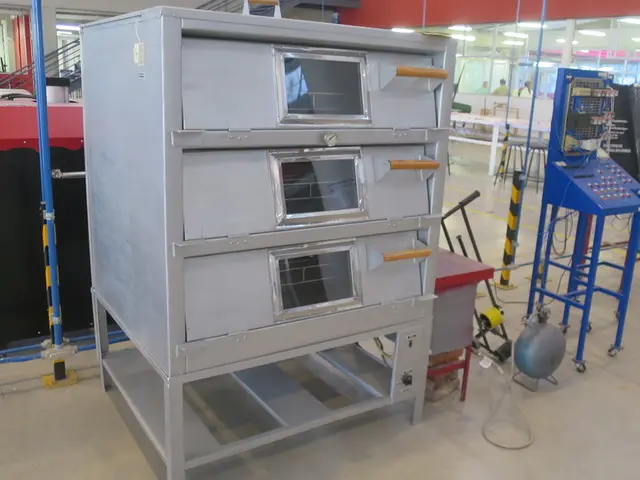Transformation in the Approach to Data Pipelines
In the ever-evolving data landscape, a significant shift is underway towards unified Continuous Data Integration and Delivery platforms. These platforms are designed to empower data teams with full, reliable, and efficient version-controlling of datasets, as well as rock-solid data pipelines.
Handling New Data and Changes
New data arrivals and changes in data logic are typically managed using a workflow orchestration tool, such as GitHub actions, alongside other tools. However, current data deployments often involve handling these processes across multiple tools, leading to the need for data teams to inspect multiple interfaces to understand updates and definitions.
The Importance of Observability
The importance of observability in data pipelines cannot be overstated. Placing observability within the pipeline itself is crucial to understanding the cause of any issues, whether they stem from a change in data or logic. Observability tools are typically setup on production databases, making it a race against time to fix issues before they are noticed.
Unified Platforms with Built-in Observability
Platforms that enable data teams to achieve unified Continuous Data Integration and Delivery with built-in observability capabilities generally combine real-time and batch data processing, extensive connector ecosystems, and integrated monitoring or metadata management features.
Estuary Flow
Estuary Flow provides a unified platform that supports both real-time and batch ingestion, covering databases, SaaS apps, ecommerce, and fintech systems. It enforces schema and ensures data quality during continuous integration, connecting with warehouses and lakes like Snowflake, BigQuery, Databricks, Redshift, and Apache Iceberg. Estuary Flow enables unified real-time and batch data pipelines with observability of flow health.
Informatica
Informatica is an enterprise standard for data integration, boasting AI-powered automation and comprehensive governance. It supports real-time workloads and high-volume batch processing, with an extensive connector ecosystem (1000+ integrations) across enterprise and cloud systems, including major data warehouses. Informatica provides advanced metadata management with automated lineage discovery, impact analysis, and compliance monitoring, contributing to data observability.
SnapLogic
SnapLogic offers AI-driven pipeline automation and a modular architecture for rapid development. It boasts over 400 connectors for enterprise and cloud systems, suited for hybrid real-time and batch integration. Its visual development environment reduces coding needs, and it features built-in pipeline monitoring and performance tuning tools that support observability.
Observability in Data Platforms
Observability tools integrated into platforms often leverage metrics, logs, and traces across data pipelines, monitoring model freshness, job success, latency, and downstream impacts. Platforms that integrate deeply with orchestration tools like Airflow and metadata stores like dbt facilitate a consolidated observability layer for proactive data health and lineage tracking.
Modern observability is described as "an enmeshed, essential layer" ensuring data integrity autonomously across complex architectures involving Snowflake, BigQuery, Databricks, Redshift, and BI tools.
Choosing the Right Platform
These platforms exemplify unified Continuous Data Integration and Delivery with built-in observability suited for data warehouse and data lake environments. Your choice depends on your existing tech stack, data sources, and observability requirements.
Historically, data pipelines are run on open-source workflow orchestration packages like Airflow or Prefect. Having a single User Interface to view Data deployments is key for effective DataOps and BizFinOps. Having a single pane of glass for Orchestration, Observability, and Ops is a desirable feature for effective DataOps and BizFinOps. Data pipelines typically run on a schedule and allow data engineers to update data in locations such as data warehouses or data lakes. The process of releasing data into production, the analog for Continuous Delivery, is simple and involves copying or cloning a dataset. Orchestration with observability combined can prevent bad data from getting into production. Continuous Data Delivery is the process of reliably and efficiently releasing new data into production. Github Actions isn't a sufficient infrastructure for doing all the work required for Continuous Data Integration and Delivery. Continuous Data Integration is the process of reliably and efficiently releasing data into production in response to code changes. Data pipelines are organized in a directed acyclic graph (DAG). Data doesn't simply exist in a place where it can be manipulated; it arrives in locations sparsely distributed across an organization.





